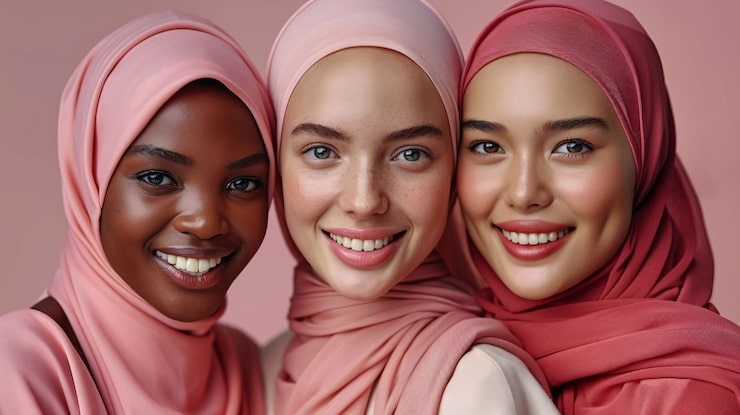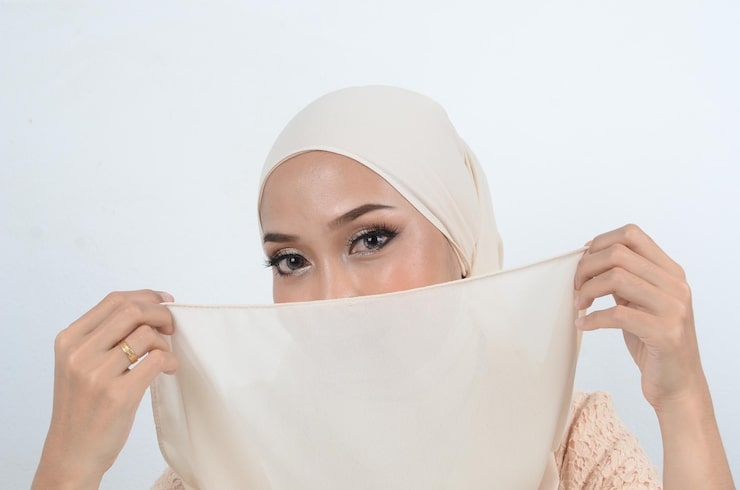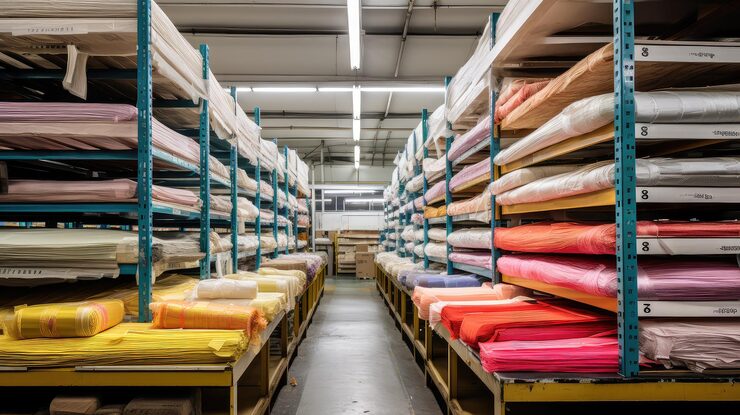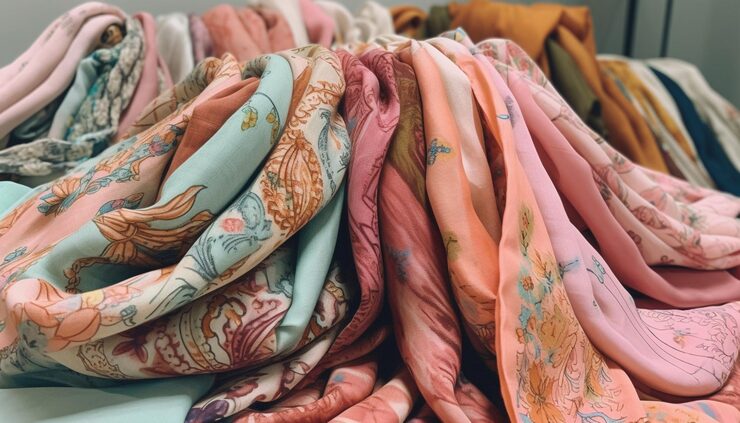Hijab vs Headscarf: Understanding the Cultural and Religious Context
Lots of folks mix up hijab and headscarf. They sound similar, but they’re not the same. Each one has its own story tied to culture and faith. These aren’t just pieces of cloth. They show modesty, who you are, and your roots. At Jinlai Textile, we get how much these mean to people. We make awesome scarves that respect all kinds of traditions. This blog talks about what makes hijabs and headscarves different. It explains their importance, clears up wrong ideas, and helps you pick a style that’s right for you.
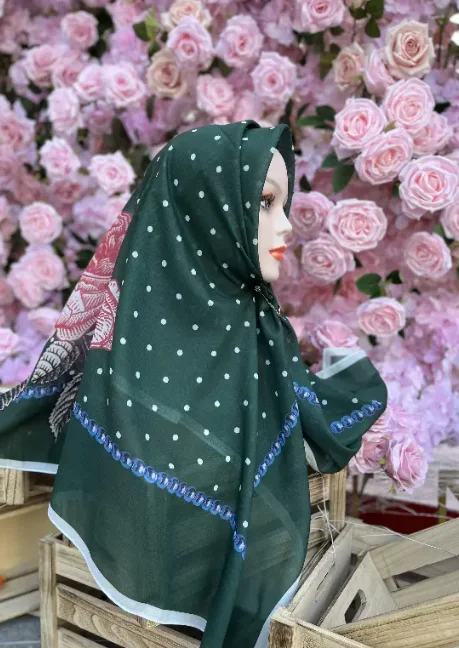
Exploring the Concept of Modesty in Different Cultures and Religions
Modesty is a big deal everywhere. But people show it in their own ways. Clothes, especially head coverings, are a super clear way to show this.
The Significance of Modesty in Islamic Traditions
In Islam, modesty is a huge part of life. It’s about how you act, talk, and dress. The word hijab comes from Arabic. It means "cover" or "wall." It’s based on what the Quran teaches. A hijab shows you’re humble, private, and true to your faith. For many Muslim girls, putting on a hijab is their choice. It lets them show their beliefs and who they are. They wear it for prayers, going out, or just every day to stay modest.
Cultural Interpretations of Modesty Beyond Islam
Modesty isn’t only for Muslims. Lots of cultures and faiths use head coverings to show the same ideas. For example, some Jewish women wear tichels or wigs to cover their hair. Certain Christian women, like the Amish, wear bonnets or caps. In South Asia, people use a scarf called a dupatta. They wear it to be modest or to follow their culture. It often goes with clothes like salwar kameez.
Defining the Hijab: Religious and Cultural Perspectives
A hijab isn’t just a piece of fabric. It carries big meaning, especially for Muslims.
The Role of the Hijab in Islamic Practices
For many Muslim women, a hijab is part of their faith. It comes from the Quran, like in Surah An-Nur 24:31. That part talks about dressing in a modest way. A hijab covers your hair, neck, and sometimes shoulders. It keeps things private. But it’s also a way to feel strong and show who you are. Women use it to share their faith and style.
Variations of the Hijab Across Different Regions
Hijabs look different in different places. They match local ways and likes. In the Middle East, a shayla is really popular. In South Asia, people often use a dupatta. In Southeast Asia, hijabs are bright and full of color. These differences show how cool and varied Muslim cultures are. They also show how a hijab can work anywhere, no matter the weather.
· Check out our stuff: Look at our printed hijabs for fun designs inspired by different places.
Headscarf as a Broader Cultural Symbol
A hijab is all about Islam. But a headscarf is used in lots of cultures for other reasons.
The Use of Headscarves in Various Cultures and Religions
People wear headscarves all over the world. It’s not always about faith. In Eastern Europe, babushkas are headscarves tied under the chin. They keep you warm or show your culture. In India, the dupatta is a long scarf. It’s for modesty or just to look cool. In African cultures, head wraps like the gele are about heritage and beauty. People wear them for big parties.
Key Differences Between Headscarves and Hijabs
Here’s what sets them apart:
· Hijab: It’s for Islamic modesty. It covers your hair, neck, and often your chest.
· Headscarf: This is a word for any head covering. People wear it for culture, faith, or even to stay warm.
Feature | Hijab | Headscarf |
Purpose | Islamic modesty | Culture, faith, or other uses |
Coverage | Hair, neck, chest | Varies (hair, part of head, etc.) |
Context | Islamic faith | Lots of cultures and faiths |
Different Types of Hijab Styles and Head Coverings
Head coverings come in all sorts of styles. Each one looks unique. Here are some common ones, including Muslim styles and others.
Hijab
A hijab is a square or long scarf. It covers your hair, neck, and sometimes shoulders. You can wrap it in tons of ways. It’s easy and looks nice, so people love it everywhere. Check out our plain scarves for a simple, classic look.

Niqab
A niqab covers your face but leaves your eyes open. Some Muslim women wear it to be extra modest. You see it a lot in places like the Gulf countries.
Burqa
A burqa covers your whole body. It has a mesh screen over the eyes so you can see. It’s used in places like Afghanistan. It covers the most.
Shayla
A shayla is a long scarf. It goes over your shoulders and covers your hair and neck. It’s big in the Middle East because it’s loose and flows nicely.
Dupatta or Chunni
The dupatta, or chunni, is a long scarf from South Asia. People wear it with clothes like salwar kameez. It can cover your head for modesty or just look good.
Al-Amira
An al-amira is a two-piece hijab. It has a cap that fits your head and a tube-like scarf. It’s super easy to wear. Lots of people pick it for work or school because it’s quick.
Khimar
A khimar is a long, cape-like scarf. It covers your hair, neck, and shoulders. Sometimes it goes down to your waist. People like it for its big coverage and fancy look.
Common Misconceptions About Hijabs and Headscarves
Wrong ideas about hijabs and headscarves can cause unfair thoughts. Clearing these up helps everyone get along better.
Addressing Stereotypes and Misunderstandings
Some people think all Muslim women have to wear a hijab. Or that it means they’re forced to cover up. But for lots of women, it’s their own choice. It shows their faith, culture, or style. Another wrong idea is that headscarves are only for religion. People wear them for culture or to stay cool in the sun.
How Media Representation Shapes Perceptions
Sometimes, the media shows hijabs and headscarves in a small way. They might focus on extreme ideas or make them seem strange. This hides how different and special they are. Showing hijab-wearing athletes or workers in a good way helps people see them as normal. It shows they’re about being strong and true to yourself.
Jinlai Textile: A Trusted Supplier for Quality Hijabs
At Jinlai Textile, we love making great hijabs. They mix old ways with new looks. With over 20 years of know-how, we make stuff that fits what our customers need.
Overview of Jinlai Textile's Expertise in Hijab Production
We use super good materials like polyester voile, silk, and chiffon. Our hijabs are comfy, tough, and nice to look at. We make sure every piece is awesome. Whether you need one for every day or a special event, we’ve got you. We want to help you show your culture and faith with great work.
Commitment to Quality, Design, and Customer Satisfaction
We work hard to make hijabs that are light, airy, and pretty. We have bright prints and simple plain styles. There’s something for everyone. If you want something special or have questions, just contact us.
Conclusion
Figuring out the difference between a hijab and a headscarf helps us appreciate all kinds of cultures and faiths. A hijab is a big deal for Islamic modesty. Headscarves are part of many traditions. By learning about their styles, meanings, and care, you can choose what fits your beliefs and style. At Jinlai Textile, we’re here to offer awesome hijabs that celebrate this mix. Visit our homepage to see our collection and find a scarf that’s perfect for you.
Frequently Asked Questions (FAQs)
Q1 What is the main difference between a hijab and a headscarf?
A1 A hijab is a special head covering for Muslim women. It follows Islamic rules for modesty. It covers your hair, neck, and often your chest. A headscarf is a general word for any head covering. People wear it for culture, faith, or other reasons. It can cover different parts and have different purposes.
Q2 Is wearing a hijab mandatory in all Islamic cultures?
A2 Not every Islamic culture requires a hijab. It’s often up to the woman. She decides based on her beliefs, culture, or how she sees her faith. Different places have different ways of doing things.
Q3 Where can I find high-quality hijabs?
A3 You can get great hijabs from trusted places like Jinlai Textile. We have lots of styles, from printed to plain. We use top materials like polyester voile and chiffon. Check out our collection at Jinlai Textile or contact us for something custom.

